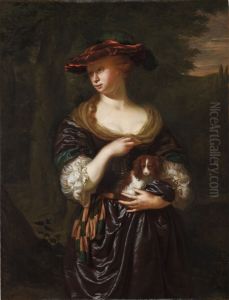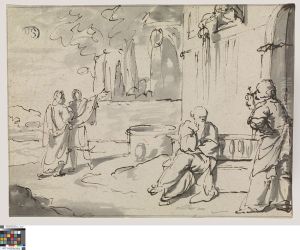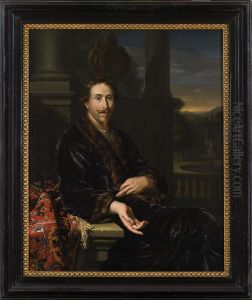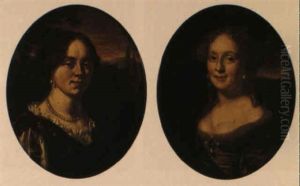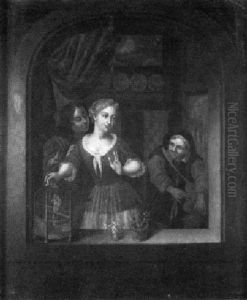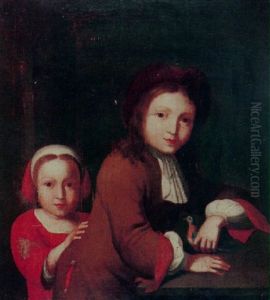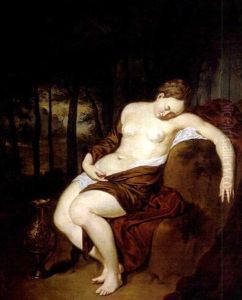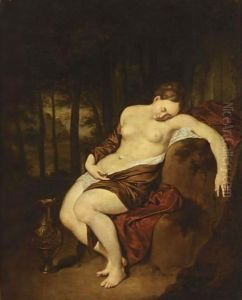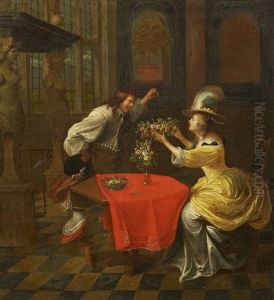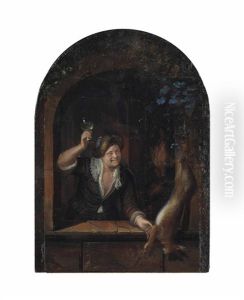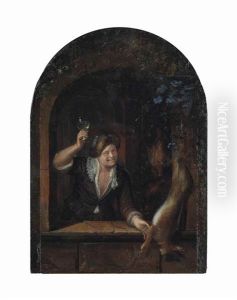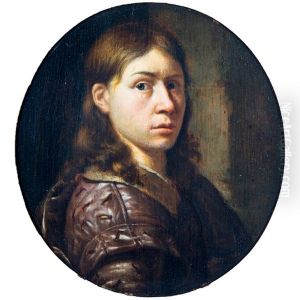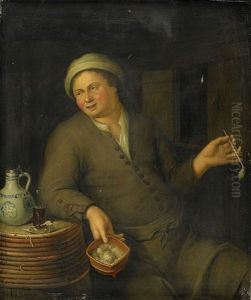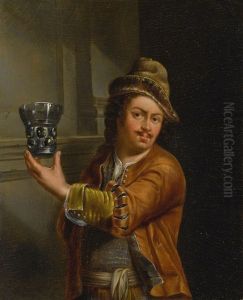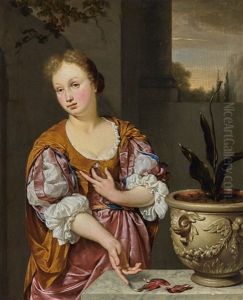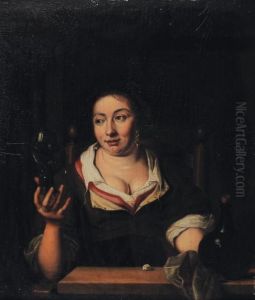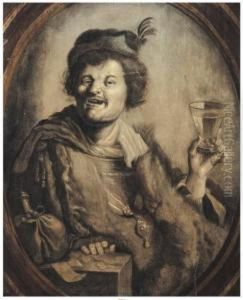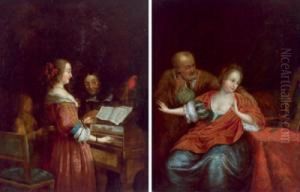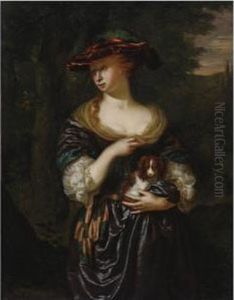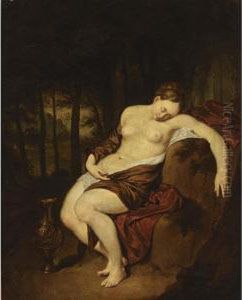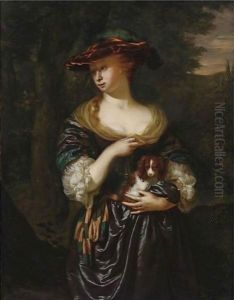Jan Van Mieris Paintings
Jan van Mieris was a Dutch Golden Age painter, born in Leiden in 1660. He was the eldest son of the renowned genre and portrait painter Frans van Mieris the Elder and Cunera van der Cock. Jan inherited his father's talent and embarked on a career as an artist, though his life and career were tragically cut short when he died at the age of 30 in 1690.
Jan van Mieris received his artistic training from his father, who was a highly regarded pupil of Gerrit Dou, one of the foremost fijnschilders (fine painters) of the Dutch Golden Age. This training ensured that Jan adopted the meticulous and highly detailed style characteristic of the Leiden fijnschilders. Jan's works often reflected the influence of his father's style, with a strong emphasis on precision and a smooth finish that gave an almost enamel-like quality to his paintings.
Despite the brevity of his career, Jan was able to produce a number of genre scenes, portraits, and history paintings. His genre scenes, in particular, displayed a keen observation of contemporary life and often contained moralizing elements, a common theme in Dutch genre painting of the time. However, Jan's work also displayed a sense of elegance and refinement that was his own. His color palette was often soft and harmonious, with subtle gradations that demonstrated his skillful handling of paint.
Unfortunately, Jan van Mieris did not live long enough to fully develop his artistic potential or to establish a large body of work. His death in 1690 meant that his impact on the art world was limited in comparison to that of his father. Nonetheless, his existing works are valuable contributions to the Dutch Golden Age painting corpus, providing insight into the artistic talents and techniques that were passed down through the van Mieris family lineage.
Jan van Mieris' works are today relatively rare and are prized by collectors for their fine detail and the glimpse they offer into the life and times of the period. His paintings can be found in various museums and private collections, where they continue to be studied and admired for their technical excellence and beauty.




